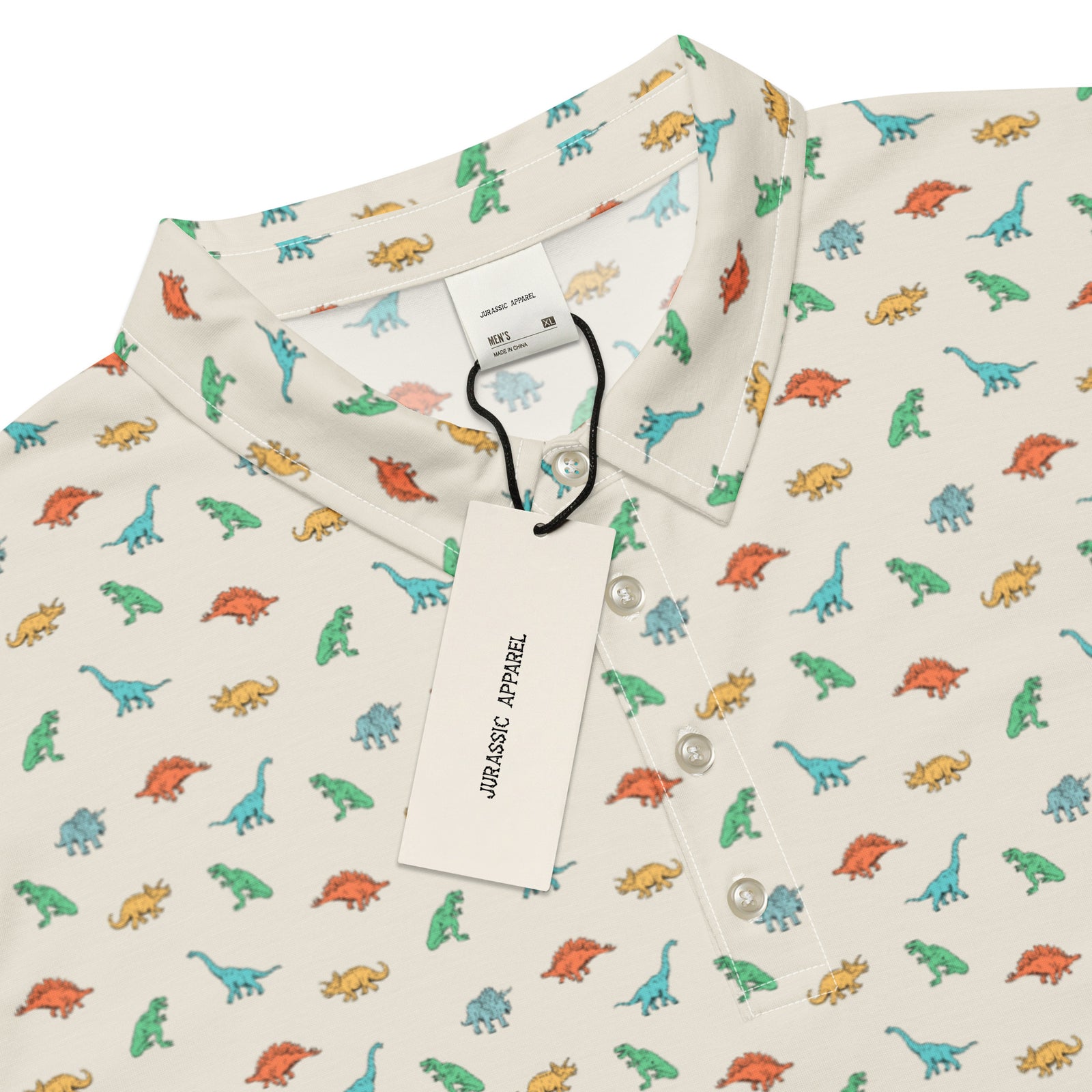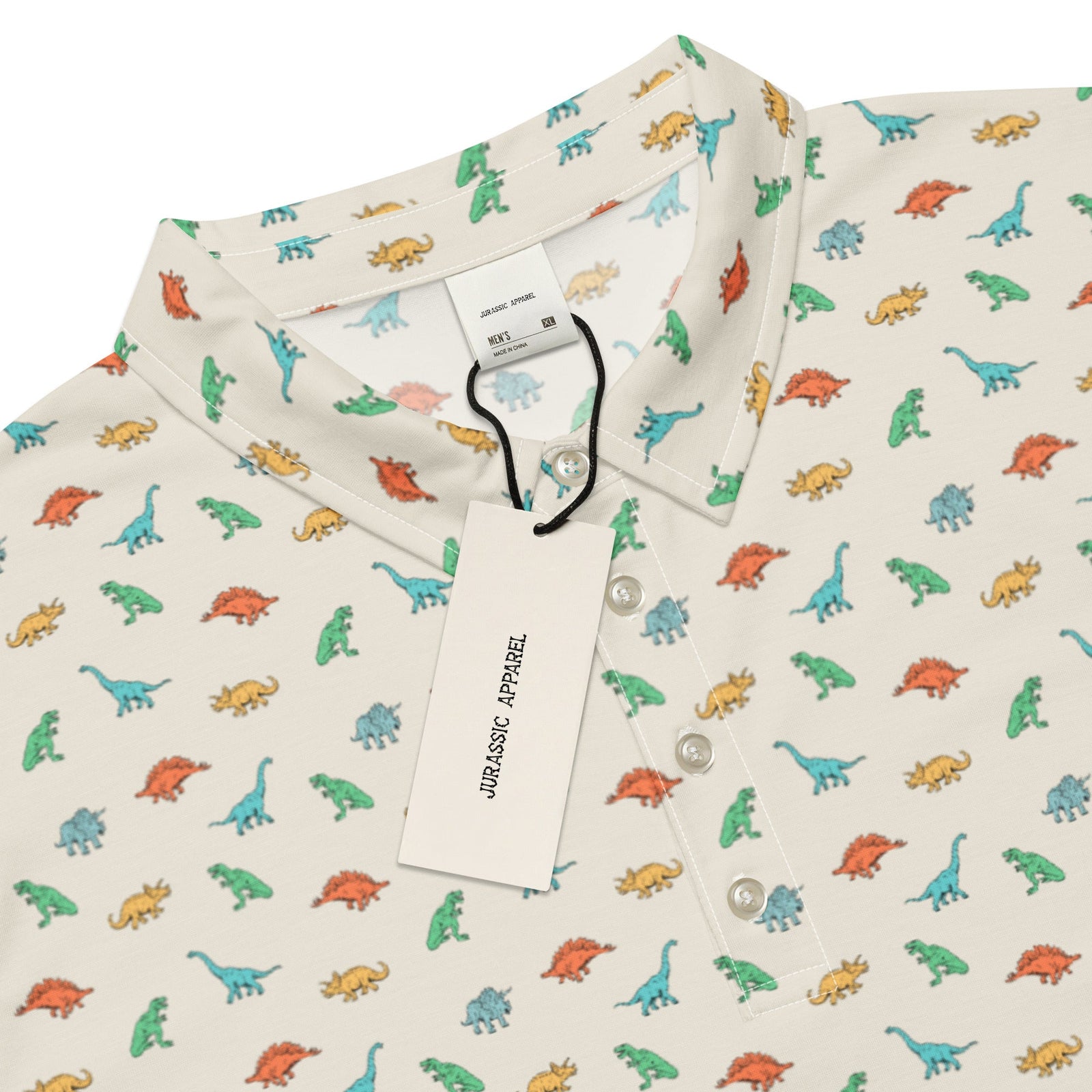Free Shipping On Orders over $75
Free Shipping On Orders over $75
Women's
Men's
Kids
Baby/Toddler
Accessories
Amargasaurus: The Remarkable Sauropod of the Late Jurassic
July 24, 2024 2 min read
Amargasaurus: The Unique Sauropod of the Late Jurassic
Dinosaur Facts:
- Dinosaur Type: Sauropod
- Period: Late Cretaceous (approximately 90 million years ago)
- Diet: Herbivore
- Length: Approximately 30 feet (9 meters)
- Height: Roughly 10 feet (3 meters) at the shoulder
- Weight: Estimated 4 to 5 tons
- Notable Features: Long neck, distinctive double row of tall neural spines along the back (possibly for display or defense)
Amargasaurus for Kids
Meet Amargasaurus! Amargasaurus is a fascinating dinosaur known for its uniquely long neck and striking spines along its back. This herbivorous dinosaur roamed the lush landscapes during the Late Cretaceous period, munching on plants while using its impressive features to stand out.
What did Amargasaurus look like? With a long neck and a substantial body made for foraging, Amargasaurus had an elongated frame that allowed it to reach high vegetation. Its most striking feature was the double row of high neural spines running from its neck to its tail. These spines may have had a role in thermoregulation or display.
What did Amargasaurus eat? As a herbivore, Amargasaurus primarily fed on ferns, cycads, and other vegetation available in its environment, using its long neck to browse at different levels.
In-Depth Look at the Amargasaurus
Anatomy and Physical Features Amargasaurus, part of the sauropod family, was characterized by its long neck and the distinctive double row of spines. These spines likely stood several feet tall and could have been covered in skin, creating a sail-like appearance. This feature distinguishes Amargasaurus from other sauropods, making it both unique and instantly recognizable (source: Discover Magazine).
Behavior and Habitat Amargasaurus thrived in the warm, semi-arid environments of what is now Argentina. Its long neck enabled it to access food sources that other dinosaurs might have struggled to reach. Living in herds may have provided safety in numbers from predators.
Scientific Discovery and Research The first fossils of Amargasaurus were discovered in the 1980s by a team of paleontologists in Argentina. The well-preserved remains have sparked significant interest, leading to ongoing research focused on understanding its lifestyle and biology (source: American Museum of Natural History).
Social Behavior and Hunting Techniques While Amargasaurus was herbivorous and primarily fed on plants, it is believed that its social behavior included herding, which could have been a defense mechanism against large predators, such as Allosaurus or other carnivorous theropods.
Amargasaurus in Popular Culture Amargasaurus has captured the imagination of many and has appeared in various documentaries and books. Its unique appearance and intriguing adaptations have made it a favorite subject for both scientific study and entertainment (source: Ancient Origins).
Ongoing Research and Discoveries As paleontologists continue to study fossils and conduct excavations in areas where Amargasaurus lived, new findings regarding its physiology, behavior, and ecology are emerging. This ongoing research aims to fill in the gaps in our understanding of this extraordinary dinosaur and its environment.
Conclusion Amargasaurus stands out as one of the most interesting dinosaurs due to its unique adaptations and ecological significance during the Late Cretaceous period. Its fascinating anatomy and social behavior provide insights into the diversity of dinosaur life and the complexities of prehistoric ecosystems.














